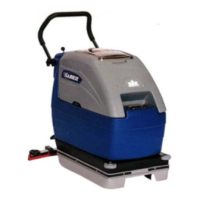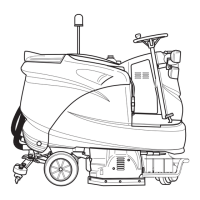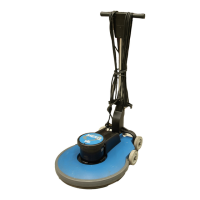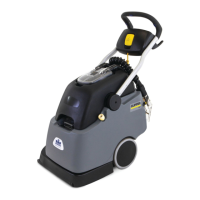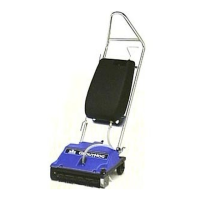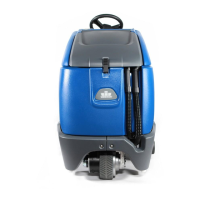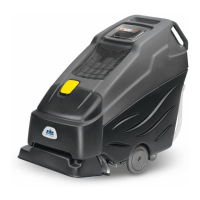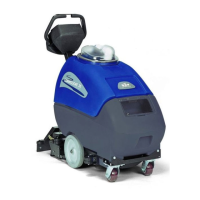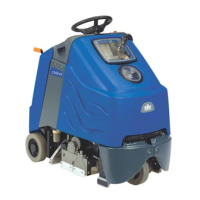Equipment Basics Course
!
!
A!Member!of!KÄRCHER!North!Amer ica!
Back Pack Vacuums
Back pack vacuums have made a strong impact on the
market in applications where quick vacuuming is a necessity.
Back pack vacuums are essentially canister vacuums that
the operator wears. They offer similar features and options
as canister vacuums. This is the only style of cleaning
equipment an operator wears. Back packs utilize a single
motor but the performance is not as high as a standard vacuum because it lacks
brush agitation. Building service contractors represent the largest segment of
end-users for this product. Prices range from $350-$700. Common brands
include Windsor, ProTeam, Clarke, Advance, Tennant, and NSS. Windsor
products include:
Windsor Back Pack Vacuum Products
• Spacer between belt and motor to reduce heat on
lower back
• Wide variety of tools
• Spacer between belt and motor to reduce heat on
lower back
• Wide variety of tools
Wet/Dry Vacuums
Wet/Dry vacuums are a very commonly used piece of equipment used
primarily for wet pick up. It can be used for dry applications but a filter
bag must be placed in the tank of the machine to prevent dust from
being pulled into the vacuum motor. Wet/dry vacuums have
increasingly become commodity products over the past 10 years. With
a large influx of consumer products into the market, the profitability of
these units has dropped dramatically in the commercial segment. Virtually every
facility has the need for a wet/dry vacuum. A bypass motor of 1.5 to 3
horsepower is the standard. The machine is traditionally used with a 2-bend
wand and a squeegee floor tool. Front mount squeegee units are very effective
for fast recovery of liquid. Inexpensive units designed for consumer use do not
usually have a commercial bypass vacuum as part of the machine. They are
rated to run 30 minutes a week versus 8 hours per day on a commercial wet/dry.
Windsor products include:
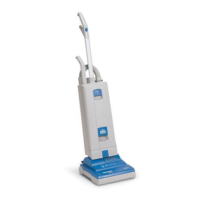
